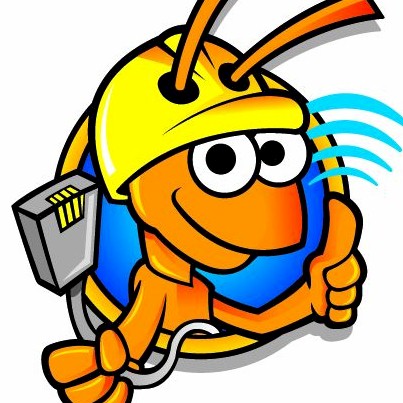David Cavalli
Regular Contributor
I have a couple of Guest Networks defined -- IoT, guest and "Bryan" (stepson). I define all permanent clients in my dnsmasq.conf.add file. "Guests" are irrelevant and never added as I use "on/off" for security and only really open it for parties. My IoT network is attached to the main subnet and seems to define things correctly, as it did when they were originally in the main network. The "Bryan" network acts differently now for some reason.
"Bryan" is a normal 5GHz network, with the LAN IP defined specifically as 192.168.55.1. It's defined so he can add/subtract units as he sees fit, without me having to maintain (or ever change) the main subnet password. He just has to eventually let me know the MAC addresses for each, so I can ensure that nobody foreign is online. I even map custom icons for each device (which works) so I can visually see it easier. I want to control the internal IP addresses for my hosts file, so I can name and access them easier. For the dnsmasq file, the "Bryan" entries are as follows (w/ MAC XX'd):
When they were on the main subnet, they worked fine in dnsmasq. Now that they are on "55", they show up with random client numbers. For example, phone=192.168.55.190 and Switch=192.168.55.227. They show up acknowledged with the right MAC in the "Client List". Just wrong client numbers. Does the dnsmasq process happen before the creation of the Guest Networks? That's the only thing I could come up with.
Anyway, system running VERY stable right now for two days since 102.6 and back on trivial configuration issue fixes. Thanks in advance for any help / knowledge.
"Bryan" is a normal 5GHz network, with the LAN IP defined specifically as 192.168.55.1. It's defined so he can add/subtract units as he sees fit, without me having to maintain (or ever change) the main subnet password. He just has to eventually let me know the MAC addresses for each, so I can ensure that nobody foreign is online. I even map custom icons for each device (which works) so I can visually see it easier. I want to control the internal IP addresses for my hosts file, so I can name and access them easier. For the dnsmasq file, the "Bryan" entries are as follows (w/ MAC XX'd):
Code:
###----- Bryan devices
dhcp-host=70:48:XX:XX:XX:1E,BryanSwitchW,192.168.55.49,1440
dhcp-host=12:8C:4C:XX:XX:XX,BryanPhone,192.168.55.46,1440
dhcp-host=C0:BF:BE:XX:XX:XX,BryanChromebook,192.168.55.39,1440When they were on the main subnet, they worked fine in dnsmasq. Now that they are on "55", they show up with random client numbers. For example, phone=192.168.55.190 and Switch=192.168.55.227. They show up acknowledged with the right MAC in the "Client List". Just wrong client numbers. Does the dnsmasq process happen before the creation of the Guest Networks? That's the only thing I could come up with.
Anyway, system running VERY stable right now for two days since 102.6 and back on trivial configuration issue fixes. Thanks in advance for any help / knowledge.



